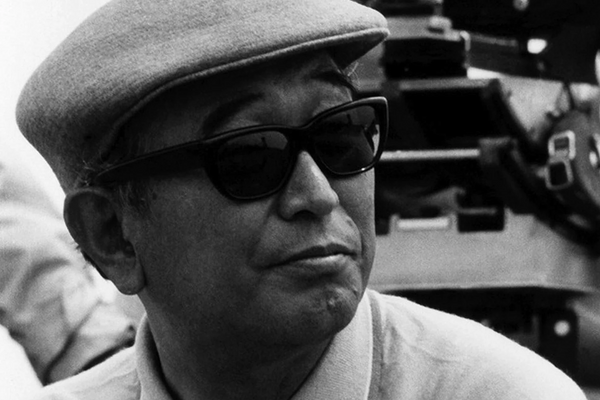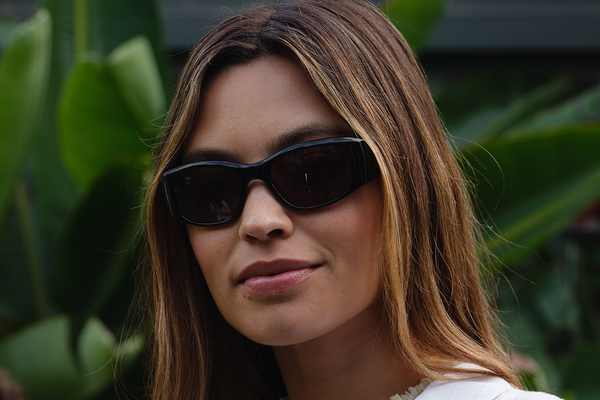By Elena Doukas


In the early 1960s, everything cool was California-inspired: Bausch and Lomb had the original Wayfarer, the Beach Boys had their first top ten hit with “Surfin’ U.S.A”, and Cadillac had the Eldorado—their flagship convertible that featured the iconic “fin” design. It was the most expensive car they made and the model that any flashy kid from middle America would lust after. So when a nineteen year-old, newly pro boxer named Cassius Clay made a bit of scratch in the ring, he bought one to cruise around town in.


The Cadillac Eldorado convertible — like his dark sunglasses, trim, black suits and pre-fight poetry — would become Cassius Clay’s signature. Years later, Clay would become Muhammad Ali: Heavyweight Champion of the World, a global icon, and one of the most stylish and enigmatic men of the twentieth century, a man worthy of a frame designed in his honor. So we made one: Calabar.
Taking inspiration from Ali’s ride of choice, and our own California surf lineage, the Calabar is a sturdy, retro wayfarer silhouette that comes kitted out with prominent plaques, semi-flat lenses and a new temple design, inspired by 1950s car fins. It’s the sort of masculine, slightly oversized frame that Ali wore to pre-fight press conferences, power lunches, and rallies during the height of his career in the 1960s and 1970s, and—since we introduced it last year—has been sported by modern, alpha male icons like Brad Pitt and Idris Elba at the height of theirs.


Like Ali, Calabar is bold, not for the faint of heart. It’s the kind of frame for someone who wants to stand out. I am America, he once pronounced. I am the part you won’t recognize. But get used to me.



